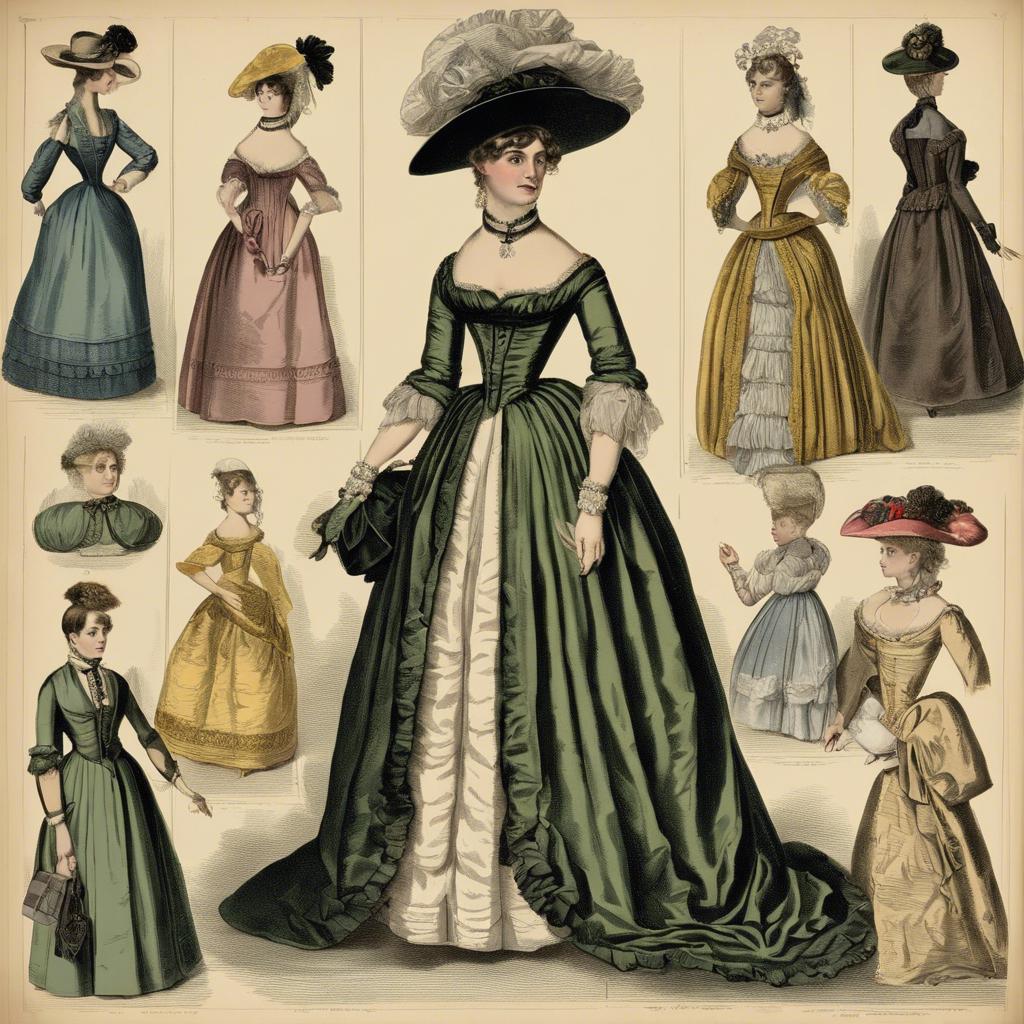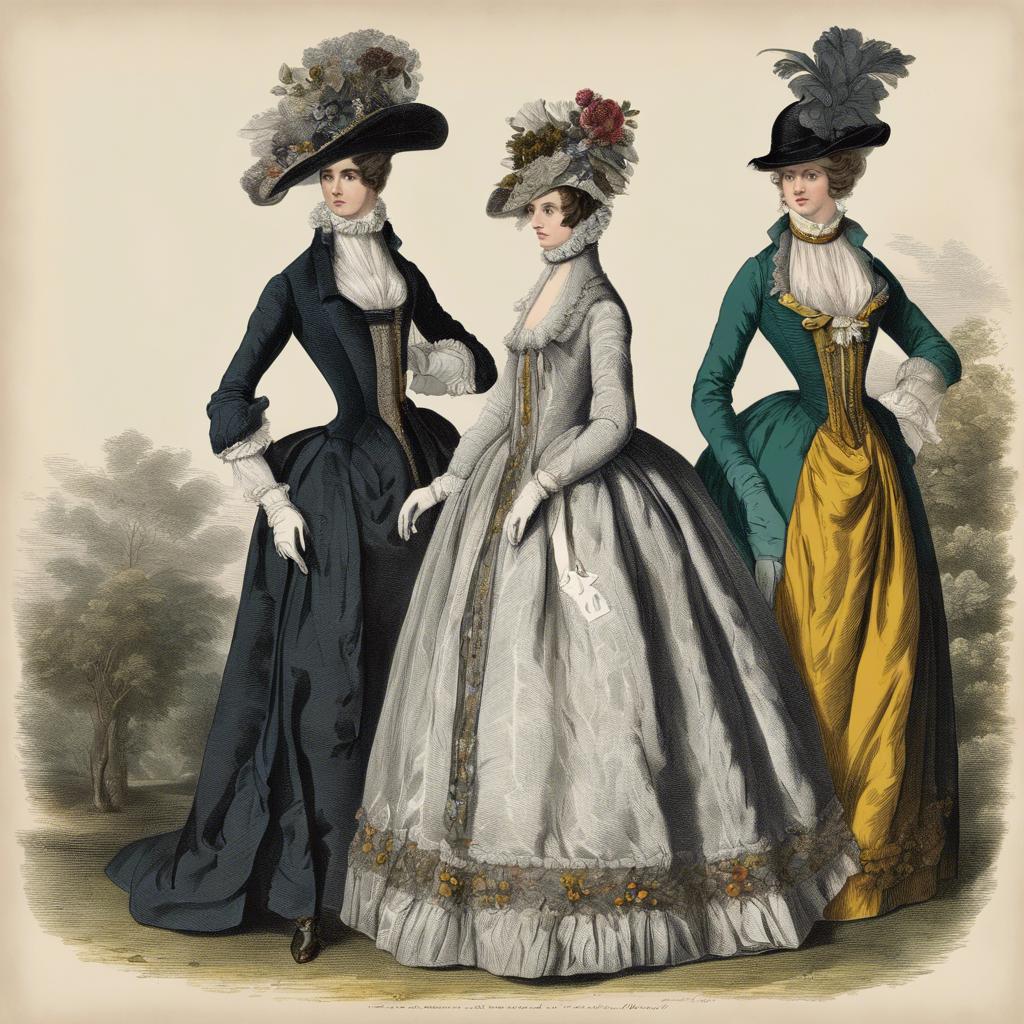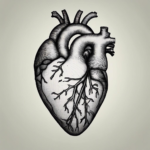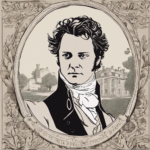During the Regency era in England, fashion was not merely a means of self-expression but a reflection of one’s social status, wealth, and influence. From elegant high-waisted gowns to elaborate headpieces, the clothing of this period played a pivotal role in shaping society’s perceptions and expectations. In this article, we delve into the intricate details of Regency fashion, exploring the trends, traditions, and innovations that defined this fascinating period in history. Join us on a journey through time as we uncover the sartorial splendor of Regency England.
Step Into the World of Cheryl Bolen
Dive into the enchanting stories of love, intrigue, and elegance set in the Regency Era. Cheryl Bolen's novels offer timeless romance and captivating tales that will leave you wanting more.
Explore Cheryl Bolen's Books Now
Fashion Trends of the Regency Era: A Detailed Look at the Influential Styles of the Time
In Regency England, fashion was a reflection of the social and political climate of the time. Influenced by the French revolution and the Napoleonic Wars, the fashion trends of the Regency era were characterized by elegance, simplicity, and a return to classical aesthetics. Women’s clothing featured high-waisted empire silhouettes, columnar dresses, and delicate fabrics such as muslin and silk.
One of the most iconic pieces of clothing from the Regency era was the Spencer jacket. This short, fitted jacket was often worn with high-waisted skirts and empire-style dresses, creating a tailored and sophisticated look. Accessories such as gloves, parasols, and bonnets were also essential elements of Regency fashion, adding to the overall elegance of the silhouette.
Men’s fashion in Regency England was characterized by tailcoats, waistcoats, and breeches, reflecting the influence of traditional British aristocratic styles. Beau Brummell, a prominent figure in Regency fashion, popularized the dandy style, known for its immaculate tailoring and attention to detail. the fashion trends of the Regency era were a blend of tradition and innovation, creating a timeless and influential aesthetic that continues to inspire designers today.
Luxurious Fabrics and Intricate Embellishments: Exploring the Opulence of Regency Fashion
In Regency England, fashion was a symbol of status and sophistication, with luxurious fabrics and intricate embellishments being at the forefront of the style. Velvet, silk, and satin were highly coveted materials, chosen for their opulent appearance and soft textures. These fabrics were often adorned with elaborate embroidery, lace, and beading, adding a touch of extravagance to every garment.
One of the most iconic elements of Regency fashion was the empire waist silhouette, characterized by a high waistline that sat just below the bust. This style was flattering for all body types and emphasized a woman’s natural curves, creating a look of elegance and refinement. Dresses were often decorated with ruffles, bows, and flounces, further enhancing the overall opulence of the ensemble.
Accessories played a crucial role in completing the Regency look, with gloves, fans, and parasols being essential items for any fashionable lady. Jewelry was also a key component, with pearls, cameos, and gemstones adorning necklaces, earrings, and hairpieces. The attention to detail in both clothing and accessories highlighted the decadence and sophistication of Regency fashion, making it a truly luxurious and extravagant era in sartorial history.
Dressing the Part: Tips for Recreating Regency-Era Styles with a Modern Twist
In the early 19th century, Regency-era fashion was at its peak in England, characterized by delicate fabrics, empire waistlines, and elegant silhouettes. To recreate these timeless styles with a modern twist, consider the following tips:
1. Silhouette: Embrace the high-waisted empire silhouette that was popular during the Regency era. Look for dresses or tops that cinch at the narrowest part of your torso and flow gracefully down to the floor. Pair this with a tailored jacket or shawl for added sophistication.
2. Fabrics: Opt for lightweight and flowy fabrics such as muslin, silk, or chiffon to capture the ethereal quality of Regency-era fashion. Incorporate delicate lace or embroidery details for an extra touch of elegance. For a modern twist, mix and match textures or add metallic accents for a contemporary edge.
3. Accessories: Complete your Regency-inspired look with the right accessories. Choose delicate gloves, a statement bonnet with ribbons, or a beaded reticule to add authenticity to your outfit. For a modern touch, experiment with bold jewelry pieces or a stylish clutch to update your ensemble for the 21st century.
Final Thoughts
the fashion of Regency England was a reflection of the opulence and refinement of the era. From the elegant silhouettes of the women’s gowns to the intricate detailing of the men’s tailcoats, every aspect of dress was carefully considered and meticulously crafted. The rules and etiquette surrounding fashion were strict, but they gave rise to an unparalleled sense of style and sophistication. As we look back on this period in history, we can admire the beauty and grace of Regency fashion, and appreciate the enduring influence it has had on modern dress. Fashion in Regency England was truly a showcase of the timelessness of style and elegance.


